Spaph
Well-Known Member
I just got back from a trip to the Philippines where I was blessed with the opportunity to do two hikes into the mountains to see orchids growing in situ- a childhood dream finally come true.
On the second hike I got to see Paph. hennisianum growing in situ.
The habitat was on the top of a ridge at about 800 meters where no big trees seemed to grow, just small shrub like trees. On one side of the hill there was pretty good light and on the other side of the hill there was way more shade. The paph loved either side of the hill with around 200 plants in total- a mix of specimen plants, single growth mature plants and all kinds of seedlings mixed in between. Plants on the sunnier side were stronger looking and this was the only side where plants got over 5 growths large. The air movement was incredible... I am getting another fan for my greenhouse to improve circulation! : )
As for medium... the top of the ground was dry and all paphs were growing on a slope so their leaves could dry out if rained on. The medium was a hard soil... but was moist under the top dry layer.
Truly an amazing experience I will never forget it... hopefully this special spot never gets disturbed and found by collectors. It is truly a marvel of nature... if only I was there a month later to see all the flowers open at the same time! I hope you all enjoy the pics.
The last pic is of what appears to be an albino form with no pigment. I only noticed it after going through all the pictures I took! Such an exciting find!
Habitat
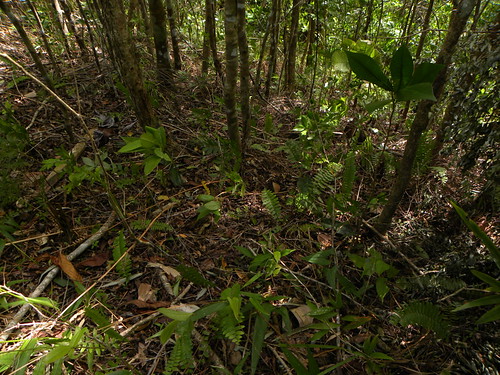
Growing medium
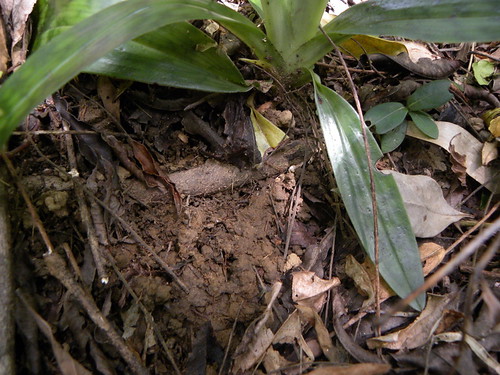
Plant size
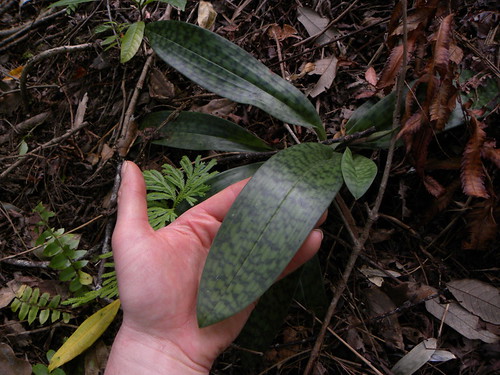
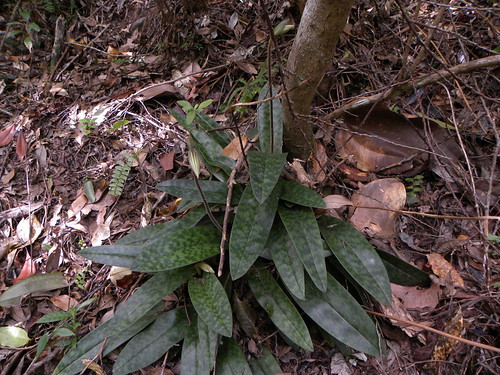
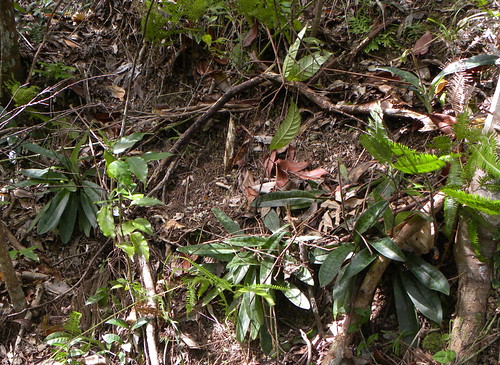
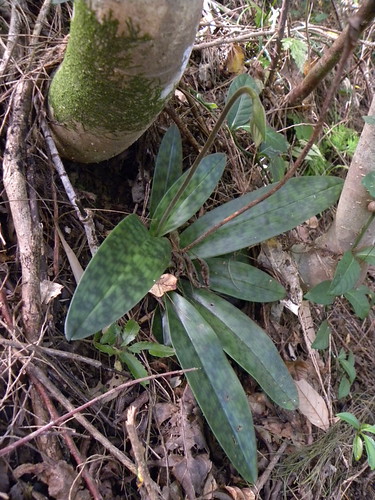
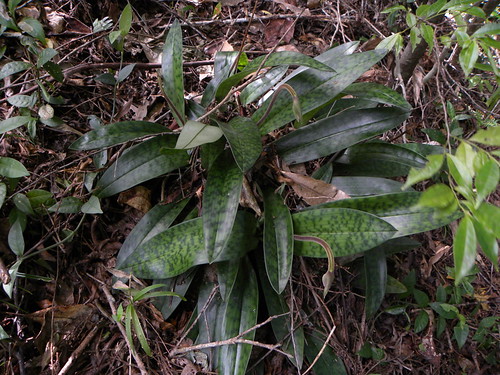
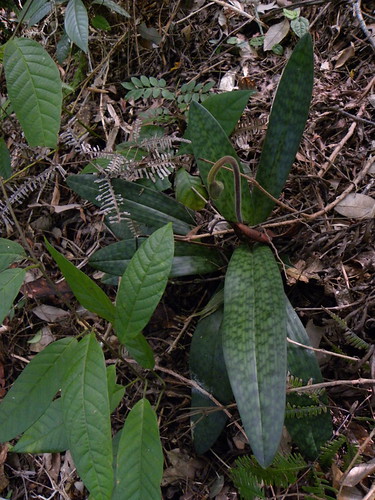
Albino plant
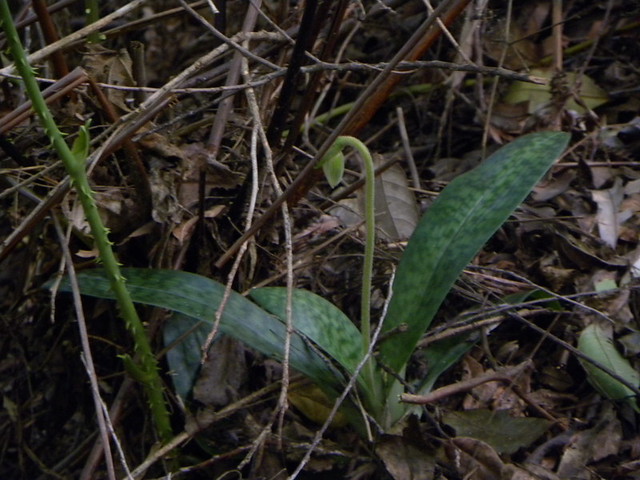
On the second hike I got to see Paph. hennisianum growing in situ.
The habitat was on the top of a ridge at about 800 meters where no big trees seemed to grow, just small shrub like trees. On one side of the hill there was pretty good light and on the other side of the hill there was way more shade. The paph loved either side of the hill with around 200 plants in total- a mix of specimen plants, single growth mature plants and all kinds of seedlings mixed in between. Plants on the sunnier side were stronger looking and this was the only side where plants got over 5 growths large. The air movement was incredible... I am getting another fan for my greenhouse to improve circulation! : )
As for medium... the top of the ground was dry and all paphs were growing on a slope so their leaves could dry out if rained on. The medium was a hard soil... but was moist under the top dry layer.
Truly an amazing experience I will never forget it... hopefully this special spot never gets disturbed and found by collectors. It is truly a marvel of nature... if only I was there a month later to see all the flowers open at the same time! I hope you all enjoy the pics.
The last pic is of what appears to be an albino form with no pigment. I only noticed it after going through all the pictures I took! Such an exciting find!
Habitat

Growing medium

Plant size






Albino plant




